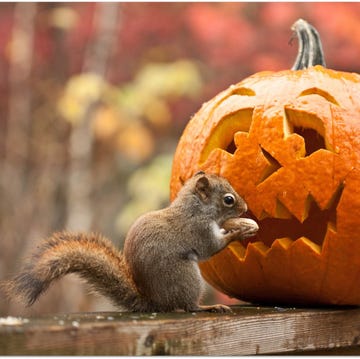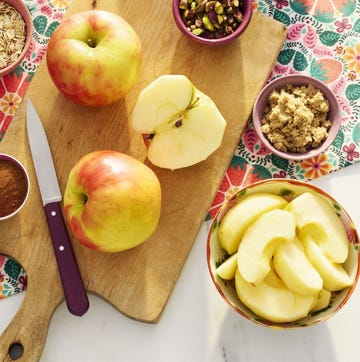Anyone with a sweet tooth knows just how special it is to open a food gift around the holidays and have it be toffee. Though good any time of year, there's something about toffee that makes it an ideal Christmas candy. The buttery, crunchy, sweet confection is a classic that will never go out of style for sweet lovers.
But, what is toffee exactly? The word is often associated with other desserts that aren't candy. Think sticky toffee pudding, for example. So what defines toffee and how is it different than other sweets like caramel or butterscotch? And are the candy and the other toffee-named desserts referencing the same thing? Let's find out!
What Is Toffee?
Toffee is a confection made out of butter and sugar that is cooked to the hard-crack stage (about 300 degrees) on a candy thermometer, then cooled to a crunchy texture. It is sometimes referred to as butter toffee and is often enrobed in chocolate. You may see it labeled as English toffee as well, since it was invented in―you guessed it!―England.
Now, of course, the flavor of toffee is probably even more popular than the candy itself. And when it is made with butter and sugar at its base, it will give you that same flavor profile and hence, why the name is used. Some great examples are the aforementioned sticky toffee pudding, cracker candy, and toffee cookie bars.
What Is the Difference Between Toffee and Caramel?
Caramel is much like toffee in the sense that it is a confection and a flavor profile that lends itself to so many other applications. The main ingredient in caramel is white granulated sugar, often paired with water. While you may also see butter in a caramel candy recipe, it is not an ingredient that defines the candy or flavor.
So to recap, cooking white sugar and butter makes toffee while cooking white sugar and water makes caramel. What's butterscotch then? It's brown sugar and butter! What temperature these ingredients will be cooked to and what else is added (say heavy cream to make caramel sauce or milk to make butterscotch pudding) will alter the consistency and end result. Keep that candy thermometer handy and follow the recipes as written for optimum results.













